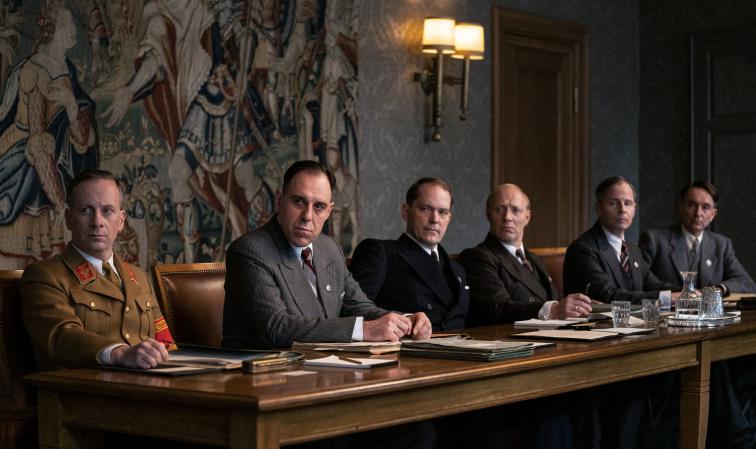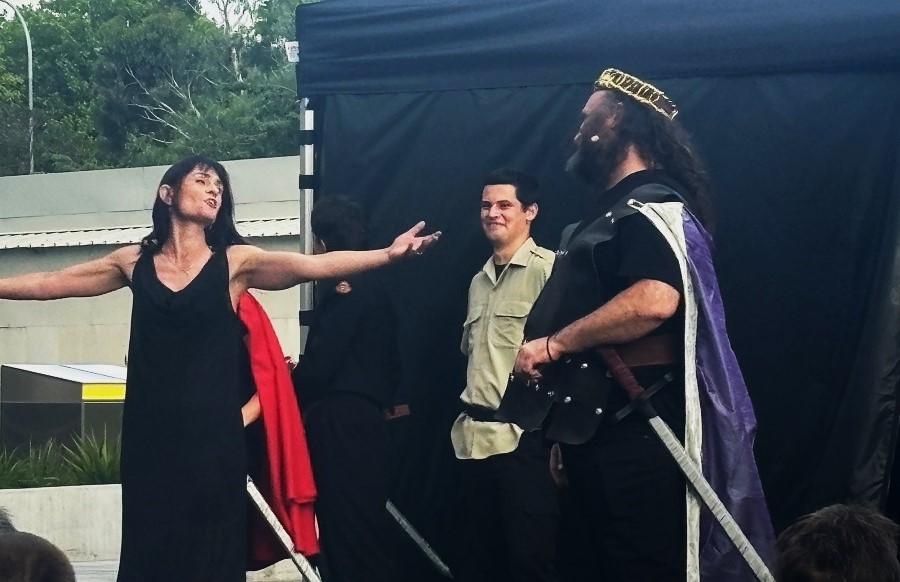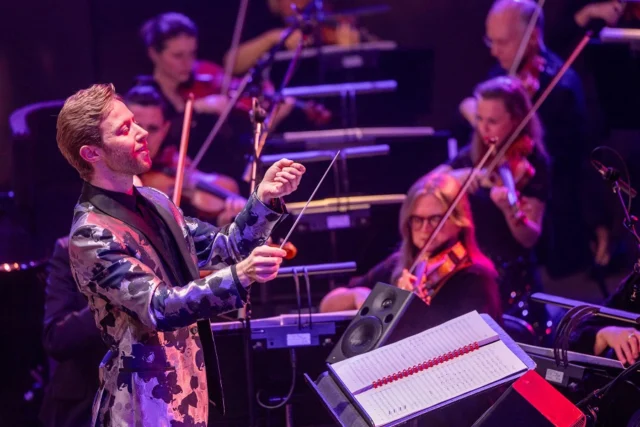
“Die Wannseekonferenz” (The Conference) (M) *** and a half
ON January 20, 1942, in the Berlin suburb of Wannsee, a meeting of senior officials of Nazi Germany and Schutzstaffel (SS) leaders gathered to determine the “Final Solution to the Jewish question”.
What happened that morning set in motion the machinations that culminated in the Holocaust that killed six million Jewish people across Europe by the war’s end in 1945.
“Die Wannseekonferenz” portrays this key event with a cold soberness, perfectly capturing the brutal logic of a fascist bureaucracy, where law is weaponised and everyone and everything subordinated to the doctrine of war and genocide. It’s been described as a modern masterwork and one of the most important films of 2022.
It’s not the first film that has tried to capture the bureaucratic processes that formalised and, in a Nazi way, gave an air of legality to the Holocaust. But it is the first to follow the minutes of the meeting as recorded by Adolf Eichmann, a key document pertaining to the Holocaust, of which only that copy remains.
We don’t really know how the meeting took place, how the participants behaved, what they talked about apart from what’s on the record. All of that has to be “invented” by means of film dramaturgy and historical knowledge about the people involved.
The film’s basis is a play by Paul Mommertz, which has received both criticism and praise since its premiere. The criticism has mostly been for its depiction of a variety of people, especially Eichmann and Heydrich. Movies tend to lend Nazi characters like that a demon-like aura, a natural self-explaining evil. The more frightening reality is that the participants were human beings following an extreme ideology; believing in a “cause” that had already led to millions of deaths. Their job was to design a regime for killing millions more. They truly believed that what they did was right – and that they had a natural right to do it.
Many Canberrans will recognise the bureaucratic structure brought together in the small conference room where the 14 civilian and military participants gathered. Inter-departmental committees are the stuff of getting things done to the satisfaction of any, all or none of the agencies with fingers in a particular policy’s pie.
After 84 minutes of discussion, the real conference wound up with no clear resolution. In a moment of mordant humour, the film saves that for last – an al fresco decision, taken as the participants depart. There has been no decision about what kind of gas. Carbon monoxide? That uses petroleum fuel – needed for the war. The prussic acid pesticide called Zyklon B? Why not? Roll credits.
At Dendy and Palace Electric
Who can be trusted?
In a world of spin and confusion, there’s never been a more important time to support independent journalism in Canberra.
If you trust our work online and want to enforce the power of independent voices, I invite you to make a small contribution.
Every dollar of support is invested back into our journalism to help keep citynews.com.au strong and free.
Thank you,
Ian Meikle, editor






![Rasa Kabaila was the youngest personal carer at a war veterans home at age 16, reports ELIZABETH KOVACS.
“When I was 15, I did work placement in a pediatric ward and then I did another placement at a war veterans home in Canberra,” she says.
“As much as I found it interesting, I found it all quite confronting.
“I was always told by people in [the war veterans home] that they hoped I would become a nurse,” she says.
“I was the youngest carer employed there at the time and I was working in the high-care dementia wing.”
To read on about Rasa's incredible experience as a nurse, visit our website at citynews.com.au or tap the link in our bio! 👩⚕️
#nurse #nurselife #nursepractitioner #nursestories #canberranews #citynews #localstories #canberrastories #Citynews #localnews #canberra #incrediblewomen #journalism #canberracitynews #storiesthatmatter #canberralocals](https://citynews.com.au/wp-content/uploads/sb-instagram-feed-images/476555403_1166125822189636_4572425384807928365_nfull.webp)

Leave a Reply